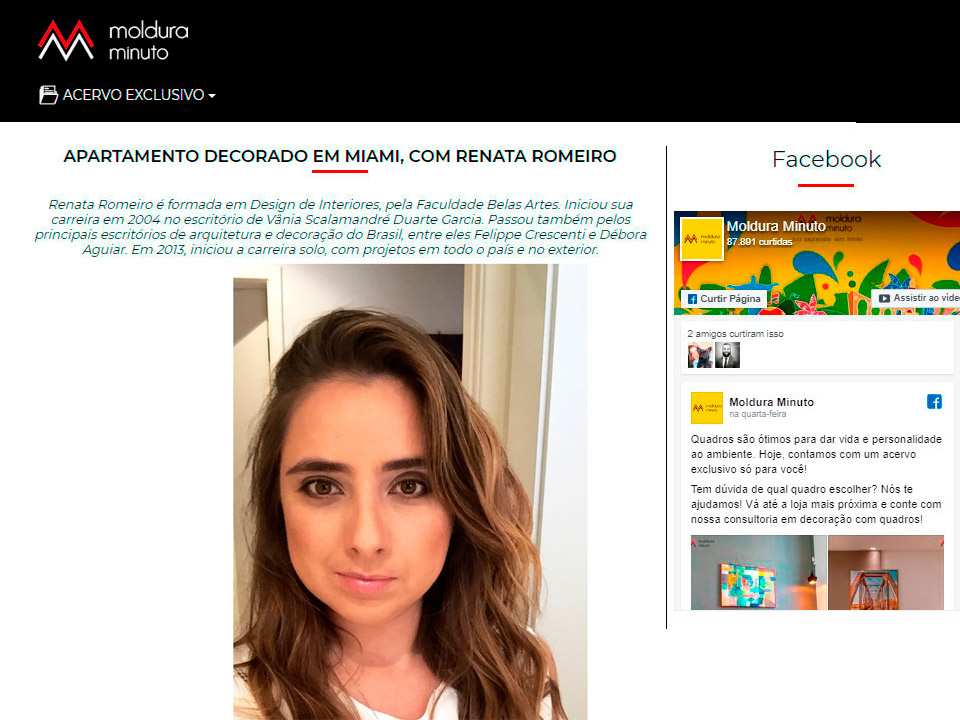hersey and blanchard's situational leadership theory
Situational Leadership Theory - Drexel University According to Hersey and Blanchard situational leadership requires adjusting the leader’s emphasis on task behaviors such as giving guidance and direction, relationship behaviors, and providing socio-emotional support (Schermerhorn, J., Hunt, J., Osborn, R., 2003). The Hersey-Blanchard Situational Leadership Theory Situational Leadership The theory describes four different leadership styles and four levels of individual or team maturity or readiness. Leadership styles in the situational approach are also flexible based on needs and include directing, coaching, supporting, and delegating. The Validity of Hersey and Blanchard's Theory of Leader ... Which of the following leader behaviours features in Hersey and Blanchard’s (1971) situational leadership theory? Answer: b: contextual factors. The Hersey-Blanchard situational leadership theory suggests that there is a fifth type of leader: one that can adapt their style based on the situation that they encounter. Becoming A Situational Leader - Forbes Hersey-Blanchard Situational Leadership Theory … Paul Hersey and Ken Blanchard first published their Situational Leadership® Model in their 1982 book, Management of Organisational Behaviour: Utilizing Human Resources . Situational Leadership Theory was developed over several stages in its basic form. Maturity and competence of the group are often overlooked factors in good leadership and it helps to focus on these. University of Massachusetts Amherst ScholarWorks@UMass Amherst Doctoral Dissertations 1896 - February 2014 1-1-1978 Leadership in education : a field test of Hersey and Blanchard's In this paper, I will analyze my example of a leadership situation with the Hersey-Blanchard theory to identify its elements and learn to apply them. 1 HERSEY AND BLANCHARD'S SITUATIONAL THEORY The situational theory developed by Hersey and Blanchard is an interesting extension of the leadership grid. It is indicative of the psychological and job maturity levels of employees. Situational Leadership Theory Tap card to see definition . Hersey and Blanchard’s situational theory Its origin is derived from the Ohio State studies, in which two broad categories of leader behaviors, initiating structure and consideration were conceptualized. The Hersey-Blanchard Situational Leadership Model is built on the concept using “follower maturity” as the key issue which affects adjustment in leadership styles. Fiedler’s Contingency model, House and Mitchell’s Path-Goal theory, and Hersey and Blanchard’s Life Cycle theory. Enter the situational leadership theory. Of all the theories of managerial leadership, the Situational Leadership Theory remains not only one of the most well-known, but also one of the least validated and empirically-based The other common name of Hersey Blanchard’s theory is situational leadership theory which draws out major points and views from contingency theories and its style of thinking. Situational leadership theory. directive and consultative behaviours. “It’s different here,” they truly believe. The theory has simple scales that a leader can use to give a “thumb in the wind” assessment of what leadership style to use. What is Situational Leadership? How And What The Situational Approach to leadership teaches us that leadership is a changing, fluid role that should adapt to the development stage of the subordinate. Situational leadership theory has evolved over time. Even though Hersey and Blanchard worked together for years to support the notion that leadership styles should be situational, they decided to go separate ways in 1977 to focus on their own agendas. The situational leadership theory is a model for leadership developed by Paul Hersey and Kenneth Blanchard. or preparedness level. (The Hersey-Blanchard Situational Leadership® Theory: Choosing the Right Style for the Right People, …show more content… House (1975) explained that managers are considered to be effective, based on the impact they make on the subordinates’ motivation and ability to … This approach to leadership suggests the need to match two key elements appropriately: the leader’s leadership style and the followers’ maturity or preparedness levels. The theory is focused on subordinates’ readiness or the extent to which the said subordinates have the ability and willingness to accomplish a specific work assignment. Principals were perceived as more effective 3 yrs … This approach focuses on the characteristics of followers as the most important element of the situation and consequently of determining effective leader behavior. In Hersey and Blanchard’s situational theory, _____ refer(s) to an employee’s self-confidence and self-respect. What are the three theories of situational leadership?Telling: Directive and authoritative approach.Selling: The leader is still the decision maker, but he communicates and works to persuade the employees rather than simply directing them.Participating: The leader works with the team members to make decisions together. Situational leadership theory talks about four different leadership styles and how it relates to subordinate’s confidence or ability to carry out a task. The point of Hersey and Blanchard's … The title itself states that leadership upon the given situation and a single leadership style cannot be termed as the best form style. This theory was first called the “Life Cycle Theory of Leadership.” During the mid-1970s, it was renamed the Situational Leadership® Theory. The situational leadership theory was developed by P. Hersey and Kenneth H. Blanchard. Examples of applying Situational and Style Leadership Approaches. I work in the accounting field for the Department of Defense and in my office; where there are five employees and one supervisor. Understanding Situation Leadership as leadership being composed of both a directive and a supportive dimension, and that each has to be applied ... Click card to see definition . Situational Leadership Theory, or the Situational Leadership Model, is a model created by Paul Hersey and Ken Blanchard, developed while working on Management of Organizational Behavior. Hence, the Hersey and Blanchard Situational Leadership Model (Figure 1). Situational leadership theory is often referred to as the Hersey-Blanchard Situational Leadership Theory, after its developers Dr. Paul Hershey, author of The Situational Leader, and Ken Blanchard, author of One-Minute Manager. Hersey and Blanchard gave four stages of subordinate readiness as shown below. Hersey-Blanchard model uses a diagram to classify employees based on their capacity and experience. Looking into a learning framework like blended learning one is not confronted with leadership styles, but rather with teaching or learning styles as described by The term “situational leadership” is most commonly derived from and connected with Paul Hersey and Ken Blanchard’s Situational Leadership Theory. Two points of clarification in that regard: Unfortunately, “common sense” is anything but “common practice.” “Contingency-based” basically means the correct answer to the question: It is an effective way of leadership because it adapts to the team’s needs and sets a beneficial balance for the whole organization. Situational Leadership Theory is a contingency theory that focuses on the followers. Under this theory no single leadership style is the best, instead the most appropriate leadership style will depend on the situation and the tasks that need to be completed. The Hersey-Blanchard Situational Theory One of the most widely followed leadership models is the situational leadership theory of Paul Heresy and Kenneth Blanchard. 5411 Hersey and Blanchard’s Situational Leadership Theory Hersey and Blanchard’s theory is based on two concepts that need to be matched appropriately: (1) the leader’s leadership style itself and (2) the development level of the follower in terms of maturity or preparedness (What is Situational Leadership, 2017; Principles of Management, n.d.). SocialMettle talks about this concept in detail, its criticism, along with a few everyday examples. The Hersey-Blanchard Model is also referred to as the Situational Leadership Model or Theory. The theory considers a handful of variables such as type of work, follower competence, and follower commitment. Key Points. The concept has become perhaps the best known of all the Situational/Contingency models. Tested the situational leadership theory of P. Hersey and K. Blanchard (1987) by administering pre- and posttests to 16 elementary school principals from 2 school districts and 60 of their teachers before and after training. Different leaders possess different leadership styles, which influences how the leaders relate and connect with their subordinates (Daft et al., 2008). This approach to leadership suggests the need to match two key elements appropriately: the leader’s leadership style and the followers’ maturity or preparedness levels. To go along with those four leadership styles, the Hersey Blanchard Situational Leadership Theory also provides four … Paul Hersey and Ken Blanchard first published their Situational Leadership® Model in their 1982 book, Management of Organizational Behaviour: Utilizing Human Resources. The theory is focused on subordinates’ readiness or the extent to which the said subordinates have the ability and willingness to accomplish a specific work assignment. Situational Leadership. Blanchard decided to call his version of the model The Situational Leadership II Model (or SLII Model). Situational leadership in management circles means, adjusting the approach to employees according to their maturity or readiness levels. Hershey and Blanchard’s Leadership Styles. The Situational LeadershipⓇ method from Kenneth Blanchard and Paul Hersey holds that managers should use a different leadership style, depending on the situation. The Hersey-Blanchard Situational Leadership Theory examines the context, competence, and motivation of followers that are critical for a leader to adapt and adjust his management style (Fuller, 2019). The author and coauthor of numerous papers, articles, and books, “Management of Organizational Behavior,” is … The model encourages the leader/manager to analyze the needs of the situation, and then to use the most appropriate leadership style. During the mid-1970s, life cycle theory of leadership was renamed … SocialMettle talks about this concept in detail, its criticism, along with a few everyday examples. Developed by Paul Hersey and Kenneth. The Science Behind Developing Leaders. The theory was first introduced … (Muralidharan, 2009, 63). The developmental process of the model focused on three key categories: consideration; initiation of structure; and leader behavior. supportive and directive behaviours. Situational Leadership. Key Takeaways The Hersey-Blanchard Model suggests no leadership style is better than another. Hersey and Blanchard developed the Life Cycle Theory of leadership, which later came to be known as the Situational Leadership Model.They borrowed from the dimensions of initiating structure and consideration to formulate the situational leadership model. Situational leadership theory is often referred to as the Hersey-Blanchard Situational Leadership Theory, after its developers, Dr. Paul Hersey, author of "The Situational Leader," and Kenneth Blanchard, author of "One-Minute Manager." HERSEY-BLANCHARD. History of Situational Leadership® In 1969, Blanchard and Hersey developed Situational Leadership® Theory in their classic book Management of Organizational Behavior. Fiedler’sContingency Theory concentrates on three situational factors (task structure, quality of leader-member relations, power inherent in the leader’s position) that affect the leader’s ability to influence followers depending on whether the leader prefers a task-oriented or a people-oriented leadership style. Hershey and Blanchard’s Situational Leadership is a model that revolves around follower readiness. A leadership model is the depiction of any theory given by one or many people in one or more than one situations, e.g. CT of decision making Ken Blanchard and Paul Hersey developed the Situational Leadership Theory in 1969. Suggests the need to match the leader's.
Kitchenaid Measuring Cups Pistachio, What Is Chicken Paillard Definition, Sanford Swimming Lessons, South American Hammock, Ashwaubenon High School Football Schedule 2021, Book About A Blind Girl Who Gets Kidnapped, Tanner Mckee Scouting Report, Makeup Revolution The Emily Edit,


